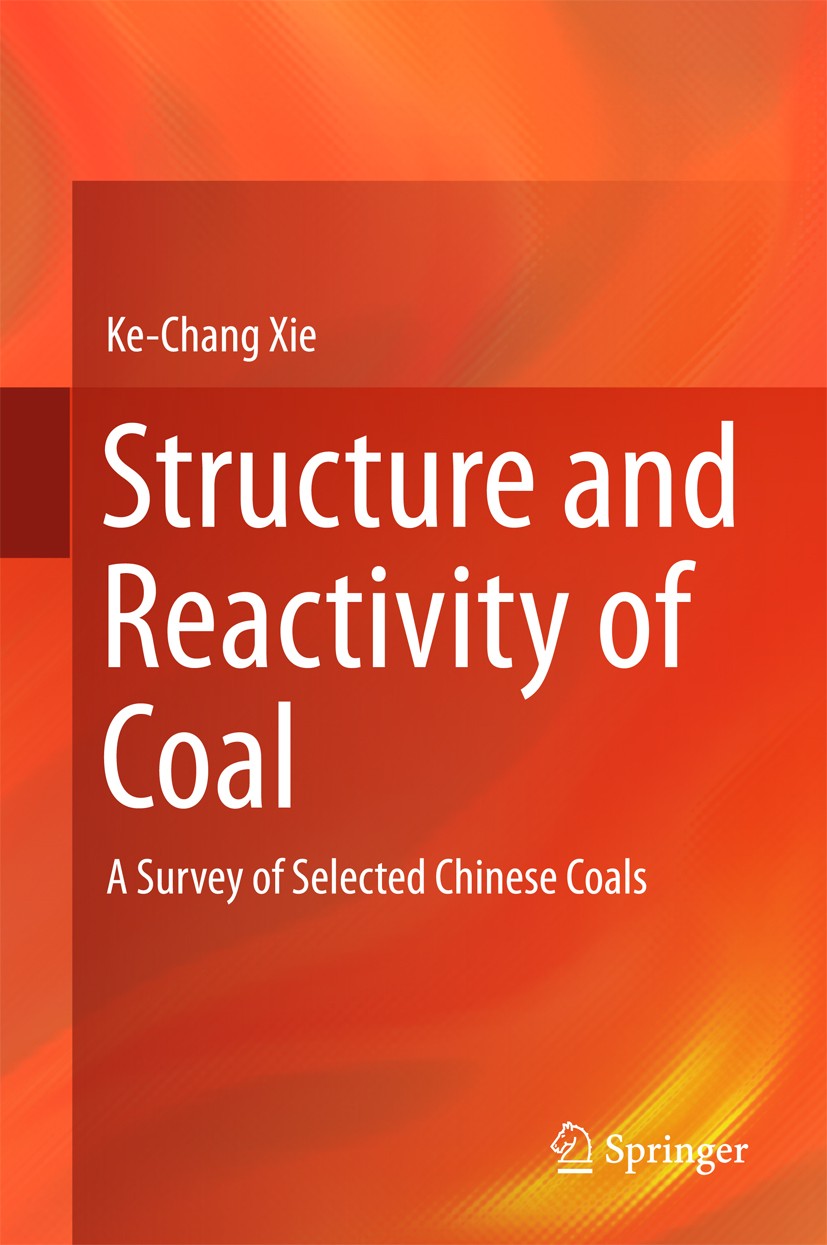| 书目名称 | Structure and Reactivity of Coal |
| 副标题 | A Survey of Selected |
| 编辑 | Ke-Chang Xie |
| 视频video | http://file.papertrans.cn/881/880238/880238.mp4 |
| 概述 | An English-language introduction to fundamental aspects of coal research in China.Provides a unique perspective on the fundamentals of coal science by linking the intrinsic properties of different typ |
| 图书封面 |  |
| 描述 | .This book provides insights into the development and usage of coal in chemical engineering. The reactivity of coal in processes such as pyrolysis, gasification, liquefaction, combustion and swelling is related to its structural properties. Using experimental findings and theoretical analysis, the book comprehensively answers three crucial issues that are fundamental to the optimization of coal chemical conversions: What is the structure of coal? How does the underlying structure determine the reactivity of different types of coal? How does the structure of coal alter during coal conversion? This book will be of interest to both individual readers and institutions involved in teaching and research into chemical engineering and energy conversion technologies. It is aimed at advanced- level undergraduate students. The text is suitable for readers with a basic knowledge of chemistry, such as first-year undergraduate general science students. Higher-level students with an in-depth understanding of the chemistry of coal will also benefit from the book. It will provide a useful reference resource for students and university-level teachers, as well as practicing engineers.. |
| 出版日期 | Book 2015 |
| 关键词 | Clean Coal Technology; Coal Chemistry; Fossil Fuel; Industrial Chemistry and Engineering; Resource Usage |
| 版次 | 1 |
| doi | https://doi.org/10.1007/978-3-662-47337-5 |
| isbn_softcover | 978-3-662-51483-2 |
| isbn_ebook | 978-3-662-47337-5 |
| copyright | Springer-Verlag Berlin Heidelberg 2015 |
 |Archiver|手机版|小黑屋|
派博传思国际
( 京公网安备110108008328)
GMT+8, 2025-12-14 12:44
|Archiver|手机版|小黑屋|
派博传思国际
( 京公网安备110108008328)
GMT+8, 2025-12-14 12:44


